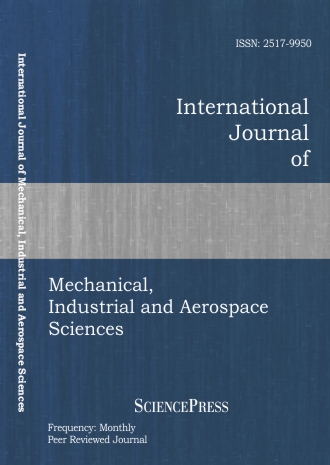
Scholarly
Volume:5, Issue: 11, 2011 Page No: 2544 - 2548
International Journal of Mechanical, Industrial and Aerospace Sciences
ISSN: 2517-9950
1185 Downloads
Fault Detection via Stability Analysis for the Hybrid Control Unit of HEVs
Fault detection determines faultexistence and detecting time. This paper discusses two layered fault detection methods to enhance the reliability and safety. Two layered fault detection methods consist of fault detection methods of component level controllers and system level controllers. Component level controllers detect faults by using limit checking, model-based detection, and data-driven detection and system level controllers execute detection by stability analysis which can detect unknown changes. System level controllers compare detection results via stability with fault signals from lower level controllers. This paper addresses fault detection methods via stability and suggests fault detection criteria in nonlinear systems. The fault detection method applies tothe hybrid control unit of a military hybrid electric vehicleso that the hybrid control unit can detect faults of the traction motor.
Authors:
References:
[1] Department of Defense, Electronic Reliability Design Handbook,